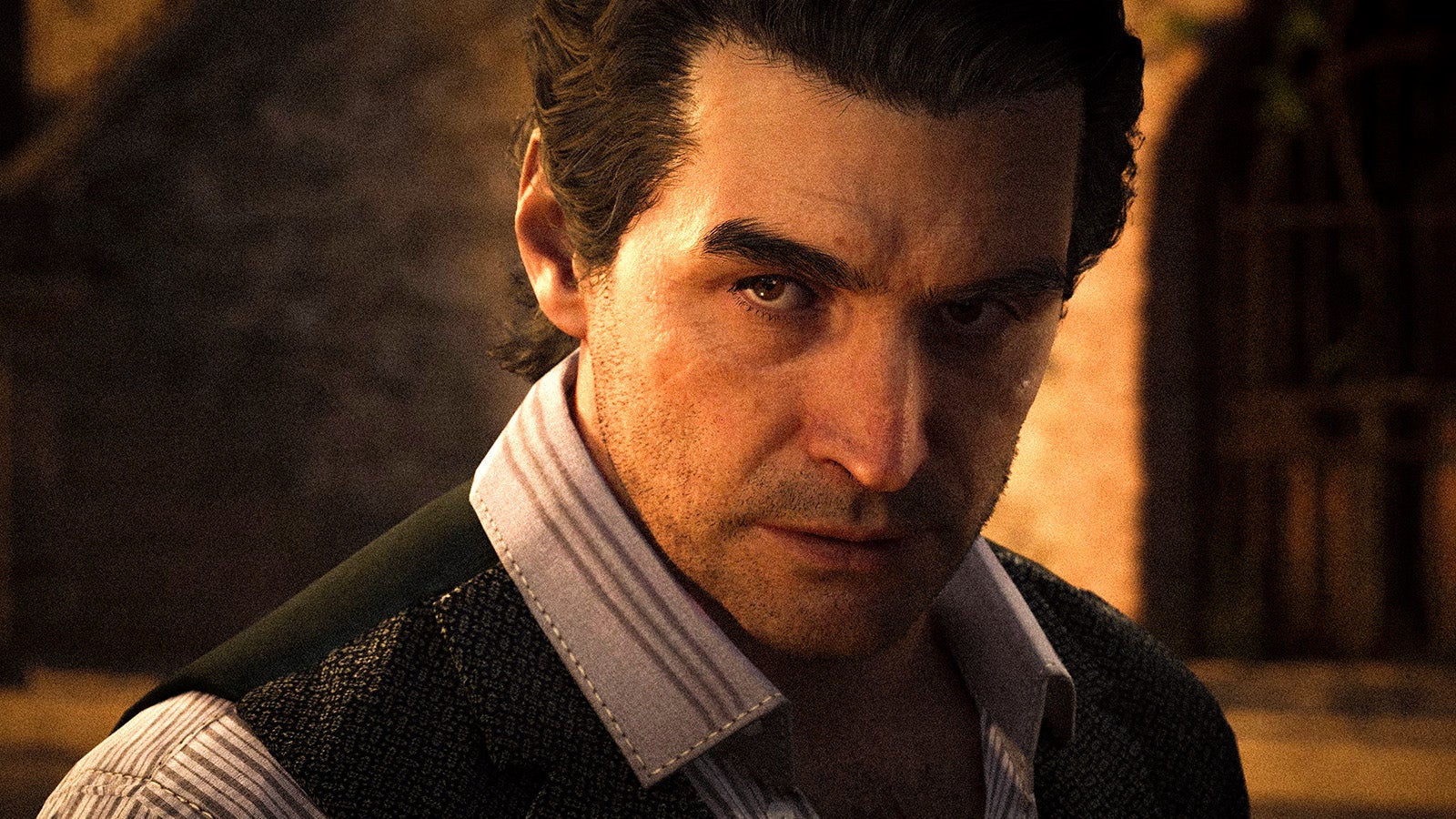Place and pacing are what Mafia: The Old Country does best. The artists and programmers at Hangar 13 have crafted an evocative and unflinching rendering of Sicily at the turn of the twentieth century: dappled lemon groves; vineyards snaking down steep hills; mines filled with indentured slaves, every face and fruit bowl lit with the exquisite, high-drama flair of a Caravaggio painting. The scriptwriters and narrative designers have kept up their end of the bargain, producing an ebbing, flowing mob story which puts as much emphasis on quietness as cracking skulls. Place and pacing are symbiotic: it’s through languorous car drives and trotting horse rides that we come to appreciate the setting. In almost every chapter, the volcanic Mount Etna smokes ominously in the distance, the skybox wielded as a perfect visual metaphor for the violence bubbling just below the surface of this picturesque island.
Mafia: The Old Country is both direct and deliberate which, in this era live-service, monstrous open-world bloat, feels precious. Many critics, including Eurogamer’s own inimitable Alex Donaldson, have stressed how the game feels like a throwback. The cover-based shooting and insta-fail stealth arrive like a PlayStation 3-era fever dream. So does the pseudo-open world (pseudo because you are following a tightly scripted path within an expansive game space absent of load screens). And yet, in spite of this anachronistic form, the experience feels as fresh as a sun-ripened Sicilian tomato. Indulge me in expanding the simile further. Mafia: The Old Country is juicy; its flavour is concentrated. And with a story that can be wrapped up in a compact 10 hours, completing the game is akin to consuming a delicious, single tomato. Compare it to, say, the 60-hour Assassin’s Creed Shadows, which demands that you gorge on an entire box.
How can it be that a third-person action-adventure crime game which tells a familiar rags-to-riches story can be considered fresh? That takes a little unpacking. Perhaps the fact that I’m making the argument at all is an indictment of where the triple-A space is currently at.
Watch on YouTube
Let’s start with the 2009 remarks of former Electronic Arts CEO John Riccitiello. Having released 50 games in 2009, Riccitiello said EA was planning on publishing 40 titles in 2010, and that the number could shrink further in years to come. “30 wouldn’t shock me at some point in the future,” said the CEO who had, incidentally, just laid off a massive 1,500 people, or some 17 percent of EA’s workforce (time is a flat circle, etc). By 2019, long after Riccitiello departed for what turned out to be a beleaguered stint at Unity, the number would be just ten.
